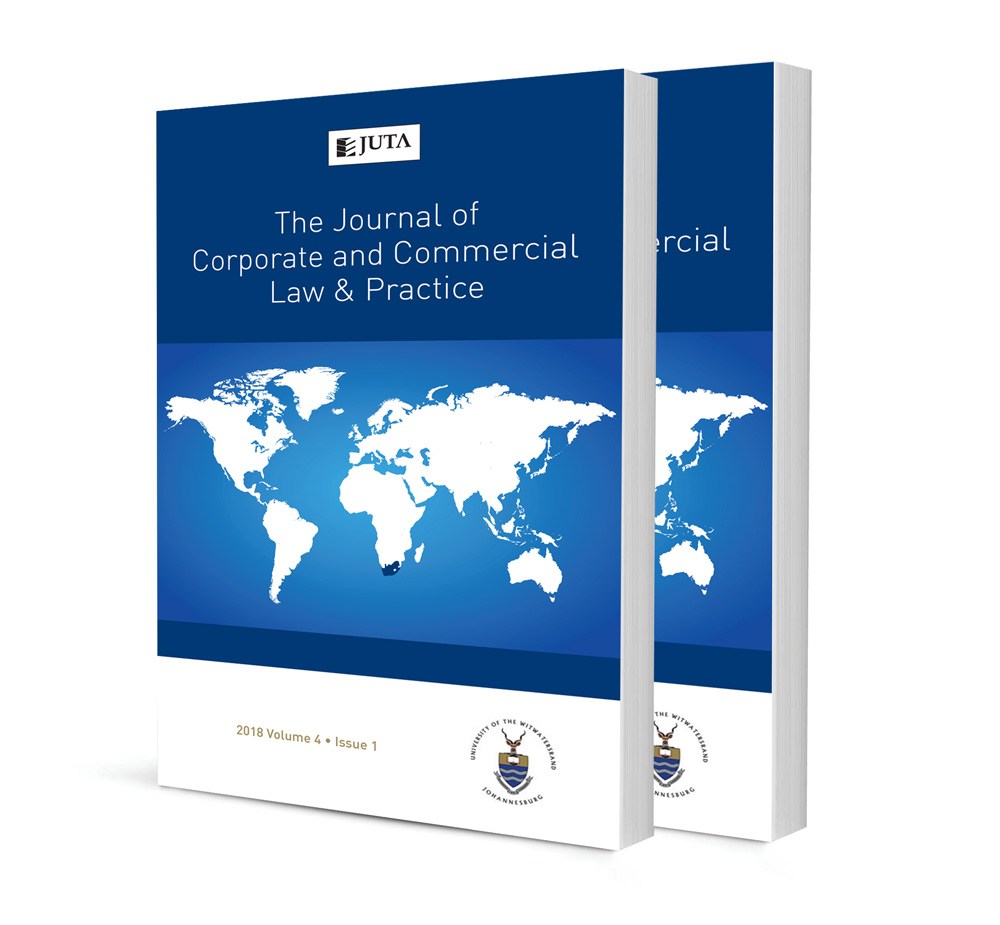
The obligation imposed on the board of directors of a company in respect of the solvency and liquidity test under section 4 of the companies act 71 of 2008
Authors Simphiwe S Bidie
ISSN: 2521-2575
Affiliations: Lecturer, Nelson R Mandela School of Law, University of Fort Hare
Source: Journal of Corporate and Commercial Law & Practice, Volume 5 Issue 1, 2019, p. 59– 102
Abstract
The solvency and liquidity test in section 4 of the 2008 Companies Act of South Africa is the foundation upon which the entire Act is structured. It sets the threshold against which the ability of a company to distribute its money or property to its shareholders should be assessed. The introduction of the test places the 2008 Act among some of the most progressive and liberal legislative frameworks in the world. The test caters for various interests rather than the orthodox approach of the capital protection principle. The inclusion of the test into South African company law signifies a shift away from the traditional capital maintenance doctrine and recognises other factors that play a role in the economy of the country. From a policy perspective, replacing the capital protection rules with the solvency and liquidity test was a commendable step. The nature and extent of the obligation imposed on directors as a result of the incorporation of the test into the 2008 Act is enormous. The solvency and liquidity test is assessed alongside the duties to which directors must adhere. The discussion of the test and its constituent elements indicates the appropriate standard expected, and the interpretation and application of the test as contemplated in the Act.